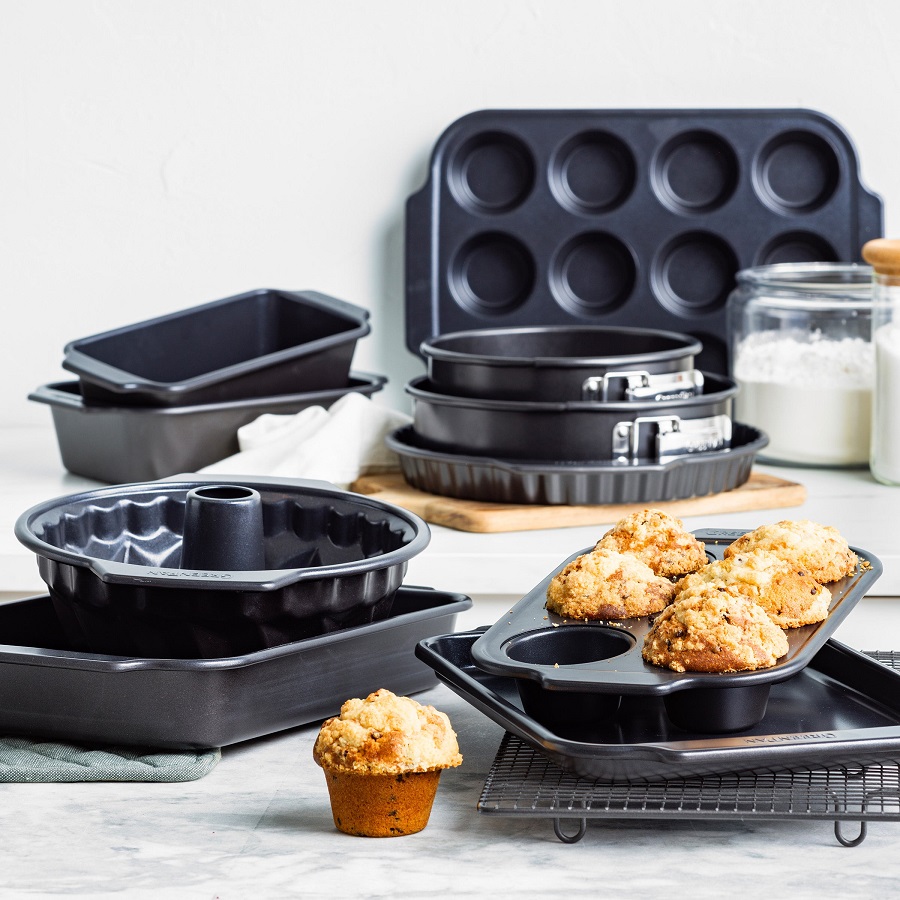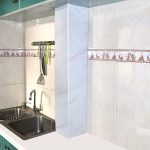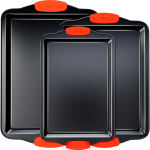Introduction
Baking cookies is one of the simplest yet most rewarding activities in the kitchen. The scent of freshly baked cookies wafting through your home can evoke memories of family gatherings, holidays, or lazy afternoons spent baking with friends. However, achieving the perfect cookie—crispy on the edges and chewy in the center—often hinges on one critical component: the baking sheet. In this guide, we will explore the various materials, sizes, features, and other attributes to help you choose the perfect cookie baking sheet for your needs.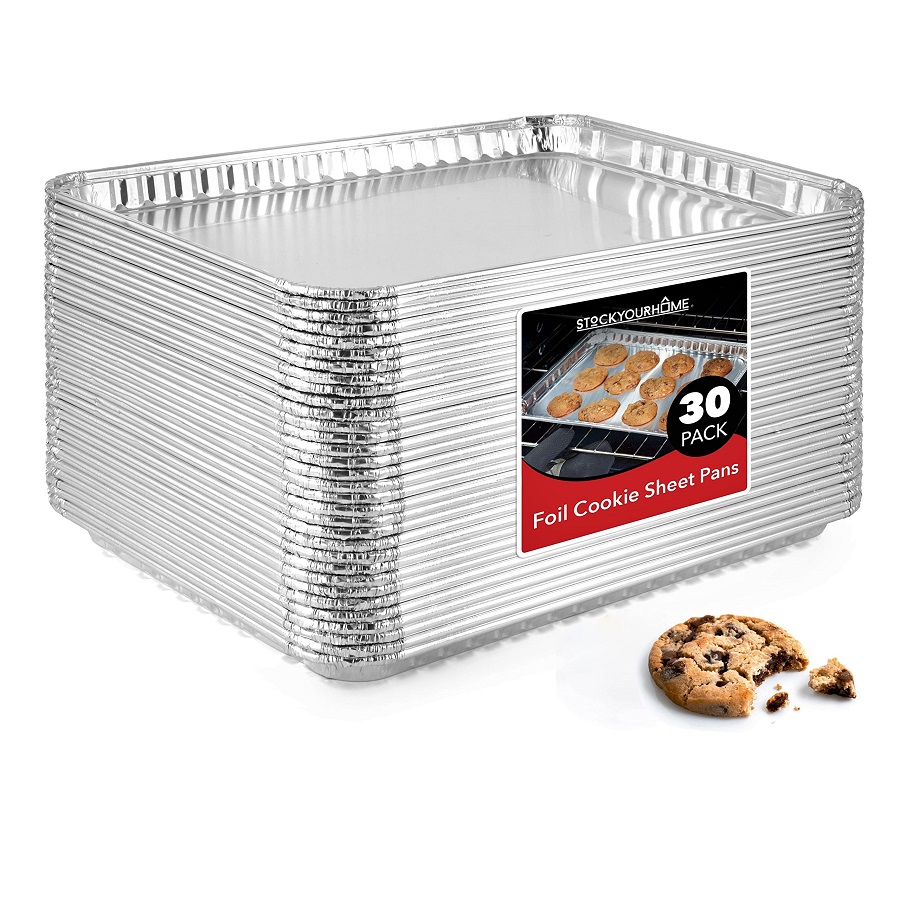
Understanding Baking Sheet Materials
The material of your baking sheet significantly influences the baking process and the final outcome of your cookies. Here’s a breakdown of the most common materials used in cookie baking sheets:
A. Aluminum
- Pros: Aluminum is a popular choice due to its excellent heat conductivity, which promotes even baking. It’s lightweight and often less expensive than other materials. Additionally, aluminum sheets are less prone to warping at high temperatures.
- Cons: It can react with acidic ingredients (like lemon juice), which may alter the flavor of some cookies. Opt for anodized (treated) aluminum to avoid this issue.
B. Stainless Steel
- Pros: Stainless steel baking sheets are incredibly durable and resistant to rust and corrosion. While they conduct heat not as effectively as aluminum, they provide a stable baking surface. They also won’t react with acidic foods and are generally dishwasher-safe.
- Cons: Heat distribution is less even compared to aluminum. Cookies may take a bit longer to bake.
C. Nonstick Coated
- Pros: Nonstick baking sheets make it easy to remove cookies without sticking, which is particularly beneficial for delicate cookies. Cleanup is also a breeze since you won’t have to scrub off baked-on residue.
- Cons: Nonstick coatings can wear off over time and may not be suitable for high temperatures. Additionally, some nonstick materials contain chemicals that you may want to avoid.
D. Silicone
- Pros: Silicone baking mats can be used on top of a baking sheet or as a standalone option. They allow for even baking and are flexible, making cookie removal easy. They’re also nonstick and reusable, making them environmentally friendly.
- Cons: Some bakers find that silicone does not provide the same crispiness on the bottom of cookies, leading to softer texture.
E. Ceramic and Stoneware
- Pros: Ceramic and stoneware baking sheets retain heat exceptionally well, which can help achieve a desirable crispiness in cookies. They are aesthetically pleasing and often come in beautiful designs.
- Cons: They are usually heavier, and their surfaces can chip or crack if not handled carefully. They can also take longer to heat up.
Sizes of Baking Sheets
Baking sheets come in various sizes, and selecting the right one is crucial for your baking needs.
A. Half Sheet Pan (18 x 13 inches)
This is the most common size for home bakers and fits neatly into standard ovens. It can accommodate a batch of cookies comfortably and is versatile for other baking tasks.
B. Quarter Sheet Pan (13 x 9 inches)
Perfect for smaller batches or for when you’re baking alongside other items in the oven. Quarter sheets are great for cookie recipes that yield fewer cookies or for creating bars and other baked goods.
C. Full Sheet Pan (26 x 18 inches)
Mostly used in commercial bakeries due to its large capacity. If you have a commercial-grade oven or love to bake in bulk, a full sheet pan is a great investment.
D. Mini Sheet Pans (12 x 8 inches)
These smaller pans are excellent for experimenting with new recipes or for baking small treats. They fit more easily in smaller ovens and are ideal for gift-giving or accommodating single servings.
Features to Look For
When shopping for the perfect baking sheet, consider additional features that can make baking easier and more enjoyable.
A. Rimmed vs. Rimless
- Rimmed Baking Sheets: They contain a slight lip that helps prevent spills and keep your workspace clean. Rimmed sheets are ideal for making cookies and roasting vegetables.
- Rimless Baking Sheets: These allow for easier access to the baked goods, making it simple to slide cookies off the pan. However, they require more care to avoid spillage.
B. Weight and Construction
Heavier baking sheets can provide more stability and resist warping, especially under high heat. Look for sheets that are thick and sturdy for optimal performance.
C. Dishwasher Safe
If ease of cleanup is a priority for you, choose sheets that are dishwasher safe. This feature can save you time and effort in the kitchen.
D. Heat Resistance
Make sure to check the maximum temperature your baking sheet can withstand. This is particularly important if you plan to use your sheets for high-temperature baking recipes.
E. Compatibility with Silicone Mats
If you plan to use silicone baking mats, ensure that the baking sheets you choose are compatible. Not all baking sheets allow for the use of silicone evenly across the surface.
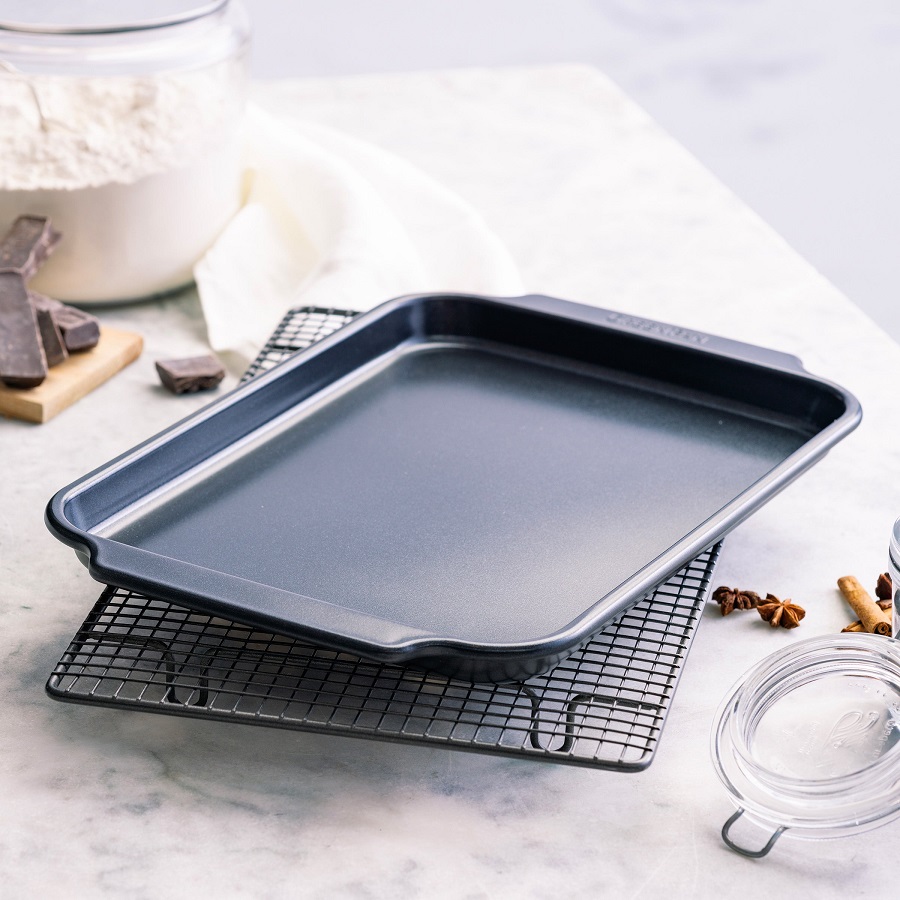 Tips for Maintaining Your Baking Sheets
Tips for Maintaining Your Baking Sheets
To ensure your investment lasts and continues to perform well, follow these care tips:
- Avoiding High Heat: Using the highest temperature can lead to warping, particularly for nonstick and thin sheets. Always adhere to manufacturer instructions.
- Using the Right Utensils: When removing cookies, use silicone or rubber spatulas to avoid scratching nonstick surfaces. Avoid metal utensils on delicate nonstick coatings.
- Cleaning: For aluminum sheets, avoid soaking and use non-abrasive sponges. Nonstick sheets can often be wiped clean; check the care label for specific instructions.
Types of Cookie Baking Sheets
Aluminum Baking Sheets
Aluminum baking sheets are a popular choice among bakers due to their excellent heat conductivity. They offer even baking and help prevent hot spots, which can lead to unevenly baked cookies. When baking cookies, opt for uncoated aluminum sheets, as they provide a better surface for achieving that perfect golden-brown color.
Pros:
- Excellent heat distribution
- Lightweight and durable
- Affordable and widely available
Cons:
- Can react with acidic ingredients, causing discoloration (choose anodized aluminum for a non-reactive option)
Non-Stick Baking Sheets
Non-stick baking sheets are coated with a special layer that prevents cookies from sticking to the surface. While they can be convenient, it’s essential to use them properly to ensure cookies bake evenly.
Pros:
- Minimal to no greasing required
- Easy to clean
Cons:
- Can lead to overbaking if the cookies slide around
- Coating can wear off over time
Silicone Baking Mats
Silicone baking mats provide a reusable, non-stick surface for cookie baking. Placing a silicone mat on top of a baking sheet can help distribute heat evenly while preventing cookies from sticking.
Pros:
- Reusable and eco-friendly
- Provides even heat distribution
- Reduces the need for parchment paper or cooking spray
Cons:
- Some bakers find it difficult to achieve crispiness on the bottom of cookies when using silicone mats
Glass Baking Sheets
Glass baking sheets offer a unique alternative to traditional metal sheets. They are non-reactive and typically come in a Pyrex style. However, their heat distribution isn’t as efficient as aluminum.
Pros:
- No reaction with ingredients
- Can be used for a variety of baking methods
Cons:
- Heavier and can break or chip
- May lead to uneven baking
Insulated Baking Sheets
Insulated baking sheets are made of two layers with air in between, providing a buffer between the cookies and the heat source. They often yield softer cookies with less browning.
Pros:
- Prevent over-browning on the bottom
- Ideal for soft and chewy cookie recipes
Cons:
- Cookies may take longer to bake, requiring careful monitoring
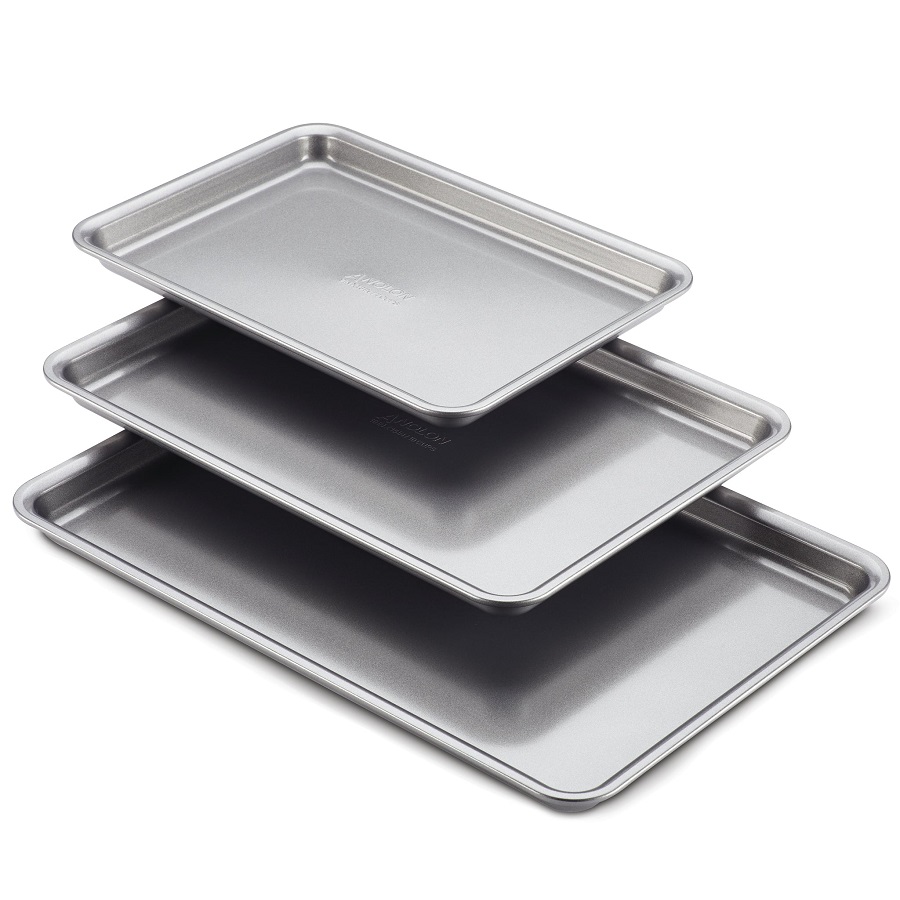 Conclusion
Conclusion
Choosing the perfect cookie baking sheet can make a significant difference in the baking process and results. With the right materials, sizes, and features, you can create delicious cookies that satisfy all palates. Take the time to evaluate your baking habits, preferences, and needs to ensure you select the baking sheet that aligns with your style. Happy baking!
